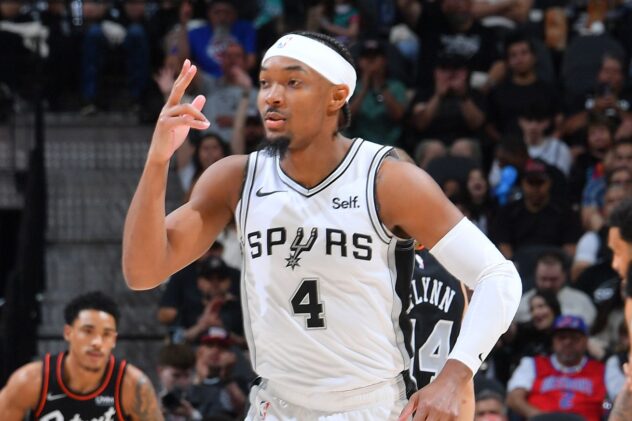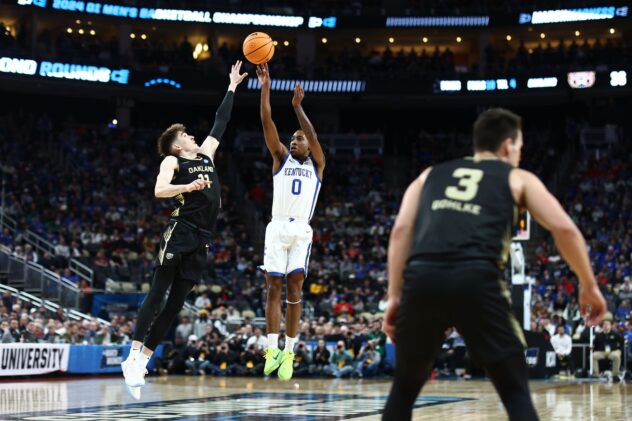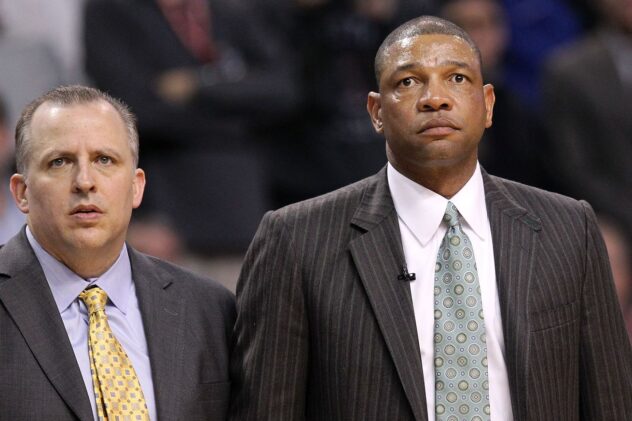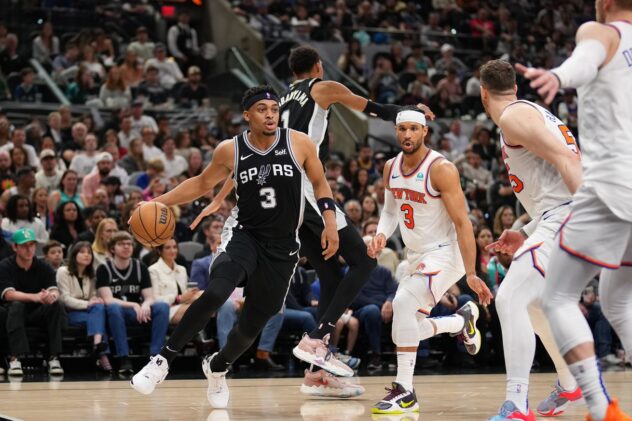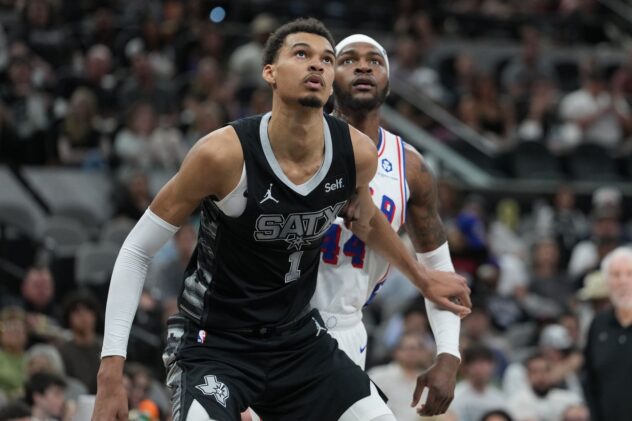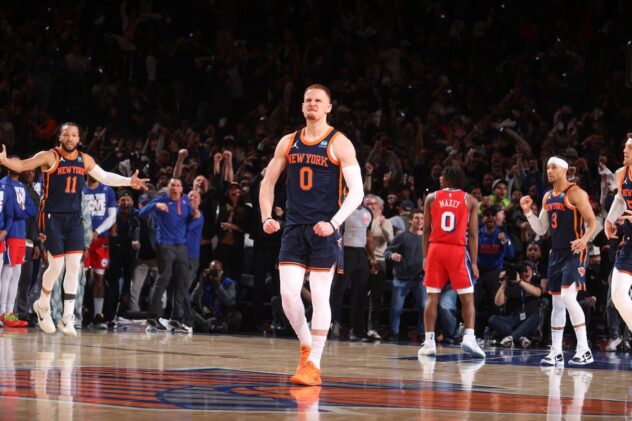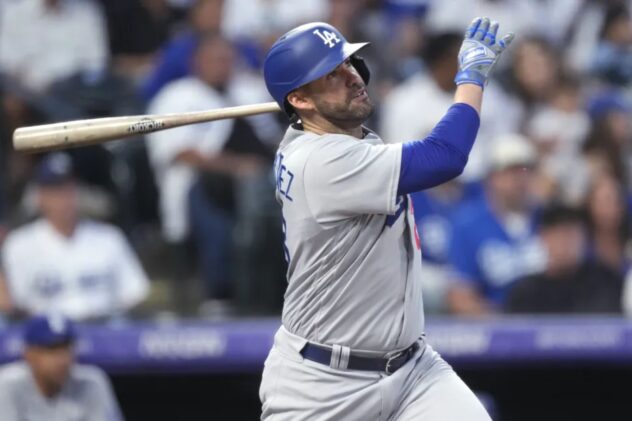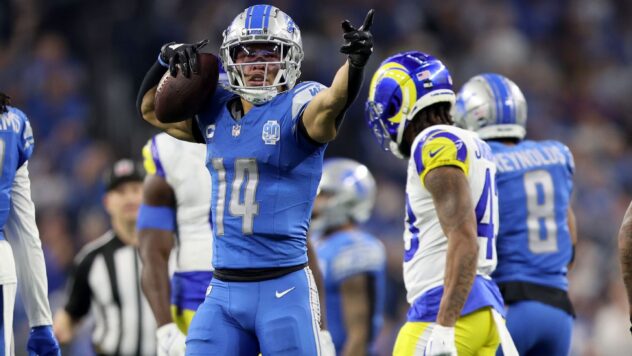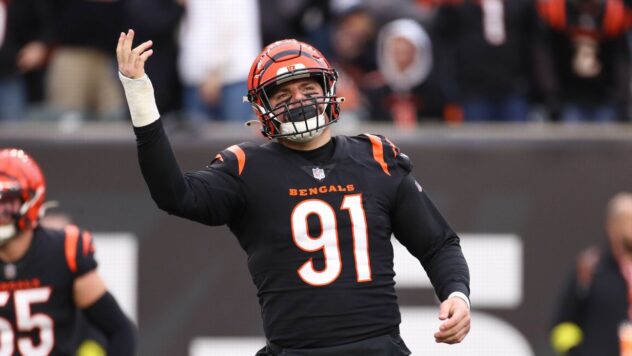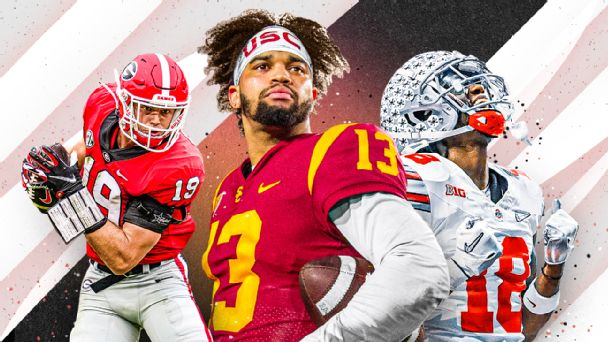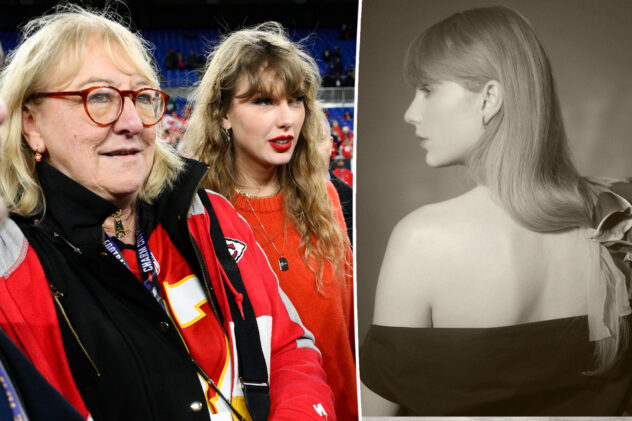A look at the Spurs’ unusual method of getting points in the paint
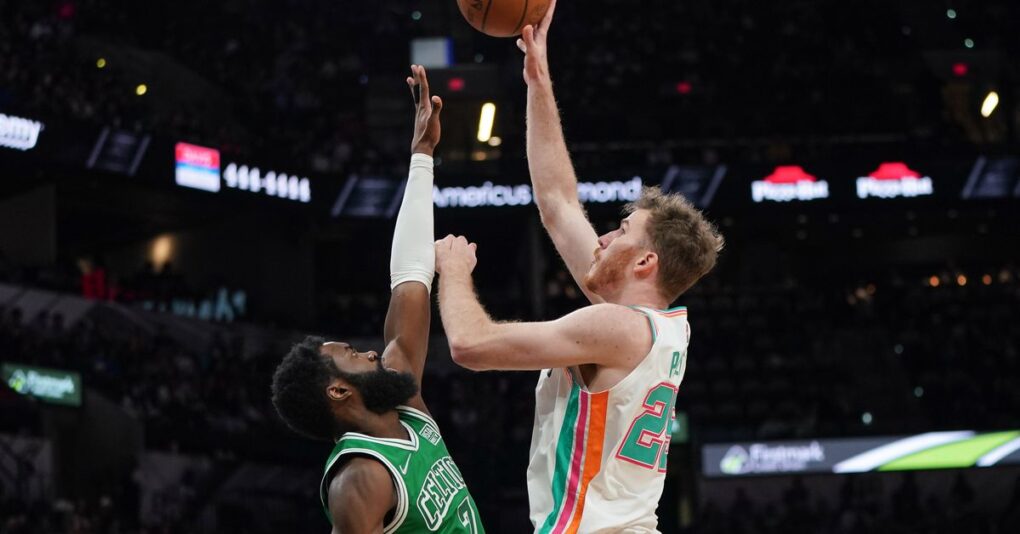
In their recent victory over the Wizards, the Spurs logged 72 points in the paint, a gargantuan number. Having an advantage at the key was a major reason why they won, and it’s been a strength all year, as San Antonio leads the league in points in the paint this season.
A closer look at how those points are attained, however, shows a very interesting wrinkle. The Spurs are fantastic at getting points in the paint in general, but below average at getting points directly at the rim.
San Antonio averages a league-leading 54 points in the paint for the season, but ranks 18th in shots attempted in the restricted area and 16th in shots made from that spot. What separates the Spurs from other teams that are good at scoring close to the basket is the points they get from the rest of the paint, where they rank second in attempts per game and first by a significant advantage in total makes. The floater and short jumper zone is the Spurs’ domain.
Anyone who has watched them play probably knows this at some level. The Spurs don’t really have a lot of slashers who explode past their man and get all the way to the rim despite spacing issues, but they do have players who can muscle their way to the paint for some pull-ups or shoot over defenders who drop back. Dejounte Murray does it the most, ranking ninth in the league in attempts from the paint outside of the restricted area, but Keldon Johnson also ranks in the top 20 in the league in shots from there. In fact both Murray and Johnson have had more attempts from that floater range than actual attempts at the rim. So have Derrick White and Devin Vassell.
It’s not that surprising to see individual players have that sort of shot distribution — in fact, many stars do — but teams tend to take significantly more shots in the restricted area than the rest of the paint. The Spurs are one of two teams, along with the Grizzlies, which barely do so, with San Antonio taking just two more attempts at the rim than they do from floater range, by far the smallest differential in the league.
Even their bigs get in on the action, with Jakob Poeltl ranking 19th in the league in attempts from the area among centers while leading all big men in field goal percentage from there. Poeltl has really mastered those floaters/push shots, clearly. Drew Eubanks is not as proficient but he ranks in the top 30 in both attempts and field goal percentage among centers. Thaddeus Young is classified as a forward, but he also ranks highly compared to his peers in both attempts and field goal percentage. Almost all of San Antonio’s players seem to like the area.
To make matters even stranger, the Spurs rank sixth in the league in fastbreak points, which often result in layups, dunks or open threes, and not in floaters. Just to make sure nothing funky was going on, I checked all the transition points from the season and, sure enough, the overwhelming majority came from point blank shots and from beyond the arc. There were some floaters and jumpers but not nearly enough to think that the number of points in the paint outside of the restricted area was affected by fastbreak points. In fact, the opposite seems true. Those short in-between shots are mostly a half court occurrence.
The more in depth you look at the number, the more interesting the findings get. The league as a whole has seen a sharp increase in shots from the paint outside of the restricted are in recent years. Over the last 10 season, only the 2019/20 Grizzlies have attempted more than both Memphis and San Antonio are attempting this year. The league has also gotten better at hitting those shots, with only the 2019/20 Suns and Wizards shooting better than the 2020/21 Jazz and Spurs have shot from that area in that same 10-season time span. The Silver and Black appear to be at the vanguard of a new trend.
Whether that’s good or bad is hard to determine. The Spurs are still taking the fourth most mid-range shots in the league, so it’s not like they’ve traded longer jumpers for shorter ones. That being said, asides from Dejounte Murray and Derrick White, most other rotation players shoot from that range at an acceptable level, with some actually eclipsing the 50 percent mark, so it’s not a terrible shot. It’s tempting to blame those floaters for the lack of trips to the line, but it doesn’t seem like there is a strong correlation between shots in the restricted area and free throw attempts at the team level, although that might just be because field goal attempts don’t count when there’s a foul.
For now, it seems like the Spurs being great from the paint but pretty bad at the rim is just an statistical curiosity that makes sense once you consider their personnel, and not much more. It might point as to why they have issues with creating threes and free throws, since they clearly don’t have slashers who can really compromise the defense, but that’s just a hypothesis at this point.
What’s clear is that points in the paint will continue to be a huge indicator of the Spurs’ offense working well, no matter how they get them. It would be great to see more layups and dunks in the half court, but as long as the fastbreak opportunities help create those type of shots, the floaters, push shots and short jumpers will do for now in the half court.

